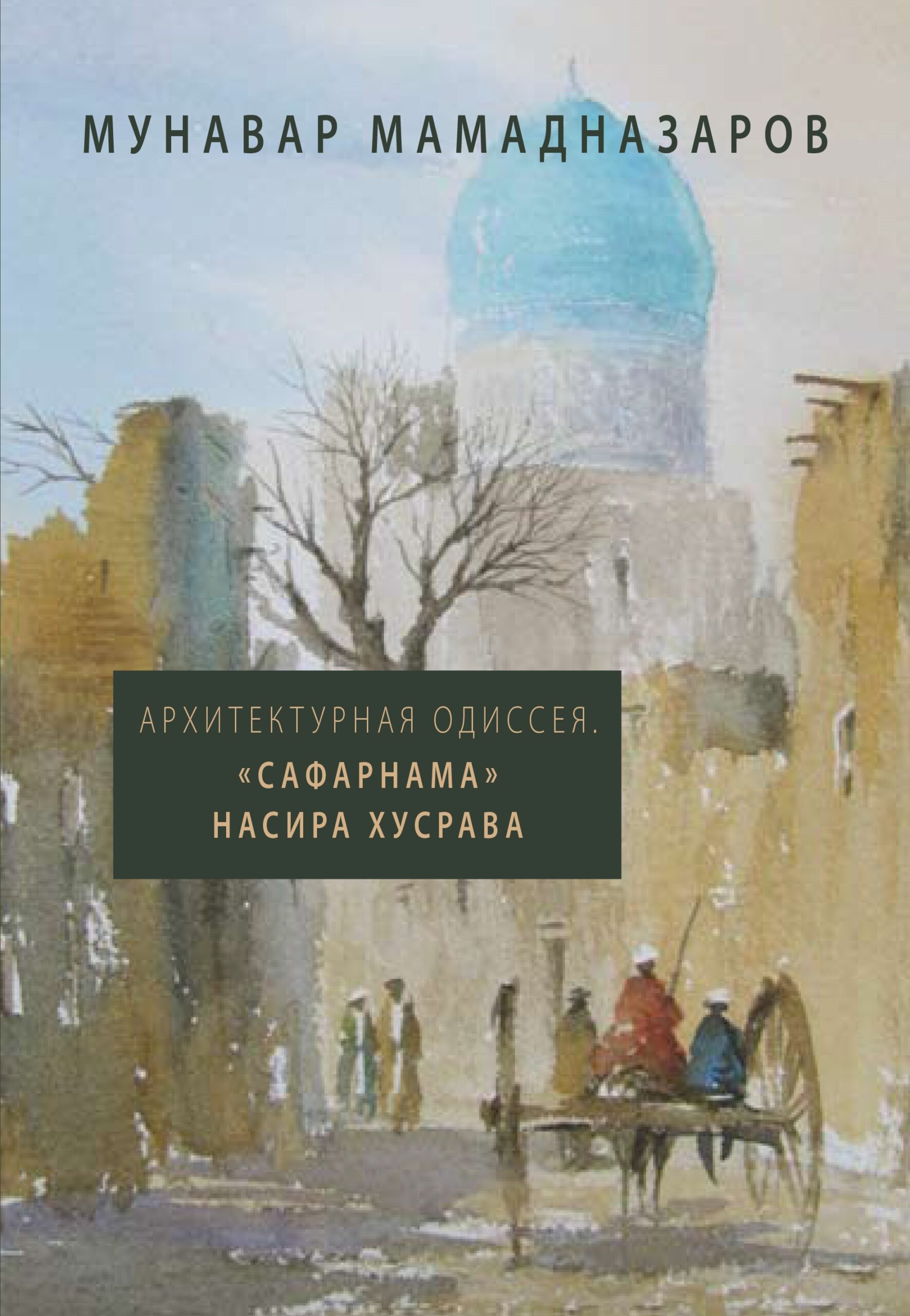Translated Synopsis (original in Russian)
This book analyses the monuments of medieval Islamic architecture described in the Safarnama (Travelogue) of Nasir Khusraw, a Persian-Tajik poet, philosopher, traveller and preacher of the 11th century. Drawing on the Safarnama and other medieval written sources, as well as on modern research, Mamadnazarov introduces the reader to the architectural milieu of the cities visited by Nasir Khusraw.
Translated Contents (original in Russian)
Preface
About Nasir Khusraw
In the footsteps of Nasir Khusraw
Additional Route
The Romance and Prose of Journeys
The Heritage of the IsmailisAdherents of a branch of Shi’i Islam that considers Ismail, the eldest son of the Shi’i Imam Jaʿfar al-Ṣādiq (d. 765), as his successor.
Reaching Sacred Places
Al-Masjid al-Haram in Mecca
Al-Masjid al-Nabawi in Medina
Qubbat as-Sakhra; Al-Aksa Mosque
The Architectural Milieu of the Muslim East: From the Early Medieval (9th–10th Centuries) to the Classical (11th–13th centuries)
From KhurasanThe northeastern region of early Islamic Persia, immediately south of Transoxania and west of Badakhshan. More to Asia Minor
Native Towns
Qubodian
Balkh
Marw
Islamic City
Cairo: The City of ‘One Thousand and One Nights’
Madrasa
The Cities of Asian Minor
The Splendour of Castles and the Misery of Huts
Heading to the Holy Places of KairouanSee Kairouan
Antique Heritage
By the Gates of The ‘Garden of Pharaoh’
Triumphal Arch
Lighthouse of Alexandria
Moving Obelisks
The City and the House Should be Compared to the Human Body
Enhancement and Engineering Constructions
Non-architectural Notes
In the Mountains of Badakhshan
Fortresses
Shrines
Dwellings
Instead of a Conclusion
Appendices
List of illustrations
Bibliography
Glossary

